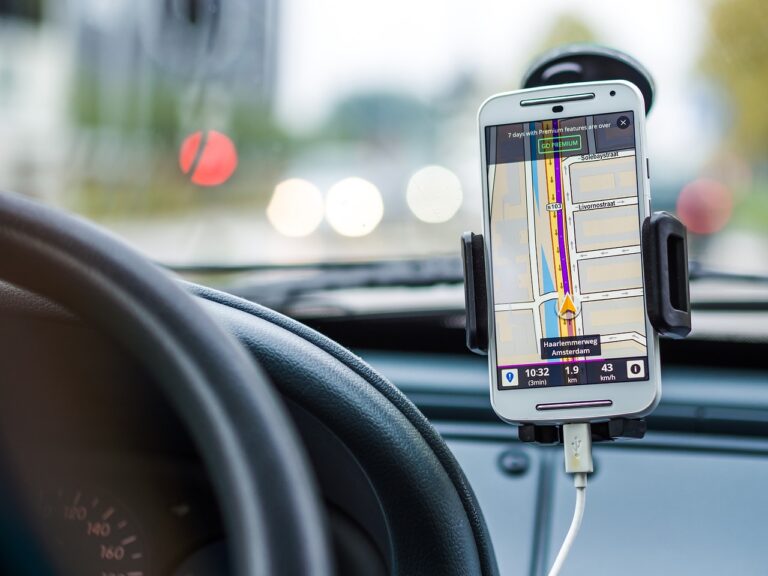The Role of Emotional Design in Autonomous Vehicle Exterior Design Language
Emotional design plays a pivotal role in shaping the aesthetics of autonomous vehicle exteriors. The visual appeal of a vehicle can evoke a range of emotions in the observer, influencing their perception of the overall design. Factors such as color, shape, and texture are key elements that contribute to the emotional response elicited by a vehicle’s exterior design.
Color is one of the most influential factors in emotional design, as different hues can evoke varying emotions and associations. For example, shades of blue may convey a sense of calm and trustworthiness, while red can evoke feelings of excitement and energy. The choice of color palette in autonomous vehicle design can significantly impact how the vehicle is perceived by consumers and contribute to the overall emotional appeal of the design.
Understanding the Impact of Color and Shape on Emotional Responses
Color and shape play a crucial role in shaping the emotional responses that people have when interacting with autonomous vehicles. The choice of colors can evoke different emotions, with warm tones like red and orange often associated with energy and optimism, while cooler tones like blue and green can convey a sense of calmness and trust. Similarly, the shape of the vehicle can impact emotions, with rounded and organic shapes often perceived as friendly and approachable, while angular and geometric shapes can convey strength and modernity.
When designing the exterior of autonomous vehicles, designers carefully consider the emotional impact of the colors and shapes chosen. By selecting the right combination of colors and shapes, designers can create a cohesive design language that communicates the intended emotional response to users and onlookers. This intentional design approach not only enhances the aesthetic appeal of the vehicle but also contributes to creating a positive and engaging user experience in the realm of autonomous transportation.
The Importance of Brand Identity in Autonomous Vehicle Design Language
Brand identity plays a crucial role in shaping the overall design language of autonomous vehicles. It is not merely about creating visually appealing aesthetics but about establishing a strong connection with consumers. The design elements chosen must reflect the values, personality, and ethos of the brand to resonate with the target audience effectively.
In the competitive landscape of autonomous vehicle design, brand identity serves as a key differentiator. Through the design language, brands can convey their unique selling propositions and create a lasting impression on potential customers. Consistency in brand identity across various touchpoints, including the exterior design of autonomous vehicles, helps in building brand recognition and loyalty among consumers.
• Brand identity is essential for shaping the design language of autonomous vehicles
• Design elements must reflect brand values, personality, and ethos to connect with consumers effectively
• Brand identity serves as a key differentiator in the competitive landscape of autonomous vehicle design
• Consistency in brand identity across touchpoints helps build brand recognition and loyalty among consumers
How does brand identity play a role in autonomous vehicle design language?
Brand identity is crucial in autonomous vehicle design language as it helps to differentiate one brand from another and create a unique visual identity for the vehicle.
What are some key factors that influence emotional design in autonomous vehicle exterior design language?
Factors such as color, shape, and overall aesthetics can greatly impact the emotional responses of consumers towards autonomous vehicles.
Can you explain the impact of color and shape on emotional responses in autonomous vehicle design?
Colors and shapes can evoke different emotions in individuals. For example, bold colors may convey a sense of excitement, while sleek and aerodynamic shapes may elicit feelings of sophistication and modernity.
How can autonomous vehicle manufacturers ensure that their design language aligns with their brand identity?
Manufacturers can ensure alignment by incorporating key brand elements such as logos, colors, and design motifs into the overall design language of the autonomous vehicle. This helps to maintain brand consistency and recognition.







